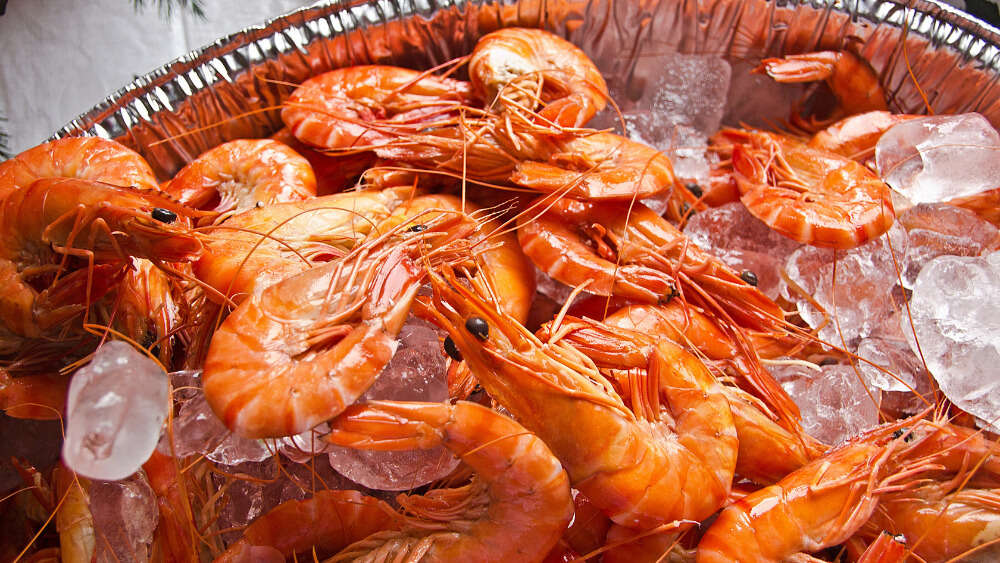Celebrating with seafood this Christmas? Here's how to check it is slavery free
Millions of Australians indulge in a seafood feast as part of their Christmas celebrations every Christmas. After all, who doesn’t love a cold prawn on hot summer’s day?
But what many do not know is that the international fishing industry is rife with modern slavery and worker abuse – and that puts all Australians at risk of celebrating with seafood that has caused someone else to suffer.
But do not despair; we can all take steps to ascertain whether seafood is ethically sourced or not and to build consumer demand for ethical seafood.
Some countries are more at risk than others. The Global Slavery Index in 2018 identified seafood from Thailand, Taiwan, South Korea, Spain, Russia, Japan, and China as being high-risk of involving slavery.
The Thai fishing industry is the third-largest globally, valued at $US5.8 billion. Thailand has a high population of vulnerable migrant workers from poorer neighbouring countries like Myanmar and Cambodia – a group that is especially vulnerable to trafficking and exploitation. Many of them end up in the fishing industry.
Separated from their families for months and years, they are forced to work 16+ hour days for little to no pay and endure constant physical and emotional violence. A 2017 study by International Justice Mission found a majority of them are trapped in debt bondage, with 76 per cent unable to leave until their debts are paid.
“Fishing jobs naturally take people away from population centres where it is easier to provide oversight and accountability,” explains Be Slavery Free (the organisation formally known as Stop the Traffik).
“Out on the ocean, away from safety and scrutiny, people can find themselves abused, trapped, and at risk of indefinite servitude and even death. FAO (Food and Agriculture Organization of the United Nations) estimates that 32,000 fishers are killed every year worldwide.”
But do not despair; we can all take steps to ascertain whether seafood is ethically sourced or not and to build consumer demand for ethical seafood. The key is to do a little bit of research before ordering the prawns you peruse, according to Be Slavery Free, who have put together these easy steps.
1. Find out where your seafood comes from
-
Ask your local fishmonger – and tell them that you’re checking for slavery
-
If in a supermarket, they are obliged by law to display the country of origin. Check out what you should look for in your supermarket below!
-
If you’re dining at a restaurant, ask your waiter about the country of origin for your seafood meal, and don’t forget to tell them why you’re asking.
2. Check the US Department of Labor’s Sweat & Toil app for iPhone or Android. Simply look up the country of origin and find the risk of forced labour in that seafood (or any other commodity!)
Email This Story
Why not send this to a friend?



